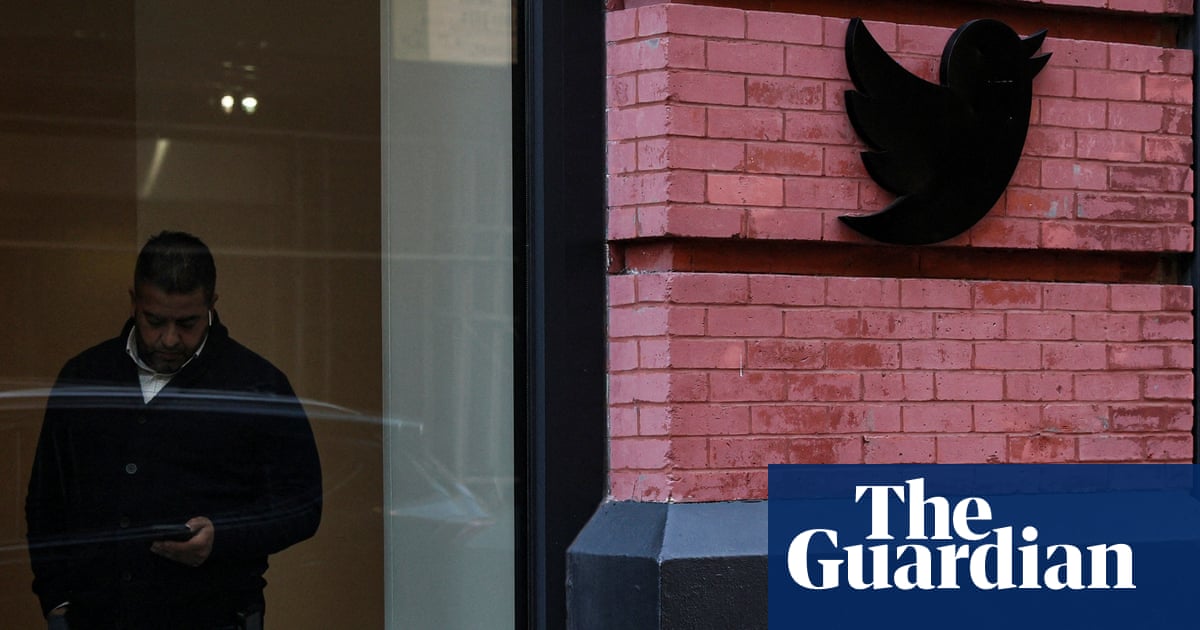
or Maria Gomez, the nightmare began when she couldn’t get her boss out of her bedroom. “It felt like he was in there 24/7,” she says, “always watching my every move.” She was used to architecture’s punishing lifestyle, working late nights and weekends, and she had adjusted to the additional stresses of working from home during lockdown. But she hadn’t expected to be monitored via her computer webcam all day every day, with her meetings with clients secretly recorded by her bosses.
“I only realised I was being monitored when something I said was later quoted back to me in a team meeting,” she says. “And another recording of me was used in a presentation. It was completely insane. It felt like being back at school, with added hyper-surveillance.”
Gomez, who works for an architectural visualisations company, says she and her colleagues were expected to log in every day for an 8.30am roll-call, then keep their webcams on, often until 10pm. “The directors kept saying, ‘It’s a tough time, so we all need to stick together’; and, ‘We need to work as much as possible for the good of the company.’ But they were simply using us to make up the hours of all the people they had furloughed.”
Gomez is by no means alone in an industry that has seen many suffer exploitative working conditions during the pandemic, with architecture firms’ masochistic habits amplified by the lockdown. The union that represents architects in the UK – the United Voices of the World – Section of Architectural Workers (UVW-SAW) – was formed last year and has been inundated with complaints from architects at all levels, bringing stories of exploitation, unfair dismissal and widespread furlough fraud since the coronavirus took hold in March.
“A worryingly large percentage of members have been asked to work while furloughed,” says Jake Arnfield, who is a member of the union. “It’s fraud, plain and simple. But many employees felt too vulnerable to report it. In such a precarious job market, people don’t want to put their head above the parapet, for fear of repercussions.”
Another member of the union, Alexis Katsaros, experienced the full force of what can happen if you do speak out. He says he was targeted by his employer and unfairly sacked, after he encouraged colleagues to come together to write a collective grievance about how they were being treated. Towards the end of March, the directors of the practice where he worked announced that everyone would be signed up for the government’s job retention scheme, which mandates employees must not work while on furlough.
In a recorded video call with all the staff, seen by the Guardian, one director said: “If anyone wants to volunteer, according to the scheme, I know you’re not meant to work, but you know, we know there is some design work that needs to be done.” Another director added: “Guys, those of you that decide to work, it will not be forgotten.”
A week later, after Katsaros had spoken to colleagues about the legality of being asked to work while furloughed, his access to the company server was suspended. A further week later, his contract was terminated without explanation. Reliant on his income to pay the rent, he and his partner have since had to move home to Greece. “The directors thought I was stirring up trouble as a member of the union,” says Katsaros. “So they simply got rid of me before discontent spread, and forced everyone else to carry on working evenings and weekends, despite being furloughed.”
Robert Mackenzie had a similar experience at his practice. In early April, one director phoned all the staff individually to tell them they would still be expected to work while on furlough. But he forgot to call Mackenzie, so followed up with an email, seen by the Guardian. The message reads like a parody: “Just to let you know that you’ll still be working but don’t tell the govt!!!!!”
Mackenzie immediately called the Royal Institute of British Architects (RIBA) for their advice, and was told not to work, but he says they weren’t able to offer much advice beyond that. “They weren’t too sure about the whole process,” he says. “There’s not much you can do. The alternative was to be let go, so I just worked. My boss promised to pay the extra 20% of our wages, but of course we never got that. We were working longer hours at home than we would have been in the office. The practice had tried to win more work as an insurance policy, but they massively over-compensated. We had to pull a few all-nighters to meet the deadlines.”
RIBA president Alan Jones said: “It’s deeply concerning to hear reports of poor employment practice during this difficult time. It should go without saying that mistreatment of staff and misuse of the furlough scheme are completely unacceptable. Even in the face of severe financial hardship and uncertainty, the RIBA has been clear that all members and practices must continue to uphold best employment practice. I encourage anyone aware of unprofessional, illegal and abhorrent behaviour to report it – to the employer and any relevant authority such as HMRC, ACAS, ARB and the RIBA.”
It’s not only junior staff who have been affected. Helen Chadwick was an associate director of a multidisciplinary firm. She has many years of experience as an architect, and was hired last year to meet the quota of registered architects that the firm needed to become a RIBA-chartered practice. In early March, when she was in the early stages of pregnancy, she started experiencing symptoms of Covid-19.
“I told the office and we agreed that I would self-isolate and work from home for 14 days,” says Chadwick. “Then I got a phonecall completely out of the blue from one of the directors: ‘I’m just calling to tell you we’re terminating your employment.’”
Their reason was nothing to do with the illness, or pregnancy, she says, but her timekeeping. “They sent me a letter listing all sorts of ludicrous things, like being 10 minutes late to log in one morning and putting teabags on expenses,” she says. They had agreed that Chadwick would work her three-month notice period, but the following week she was put on unpaid leave, citing “likely childcare issues” because of school closures.
“I told them the nursery was still open and my husband was dealing with childcare, so they backtracked on that one. But then they tried all sorts of things to stop me from working. They blocked my emails, then my server access, then finally one of the directors came to my house and took my laptop.” She says she was told: “You’re causing the company a problem. Because of you, other staff are asking for flexible working.”
With legal assistance from UVW-SAW, Katsaros and Chadwick are taking their employers to tribunal, but it will be many months before their cases are determined. The court system is struggling to deal with a huge backlog, with almost 40,000 claims waiting to be heard, and some hearings being scheduled for as far ahead as 2022. The union is currently working on about 15 legal cases, and has already settled several instances of discrimination and unfair dismissal for close to five-figure sums.
“Ultimately unionising shouldn’t just be about casework,” says Arnfield. “The union is not an insurance company or a service. It’s about workers taking collective action. Our ambition is to build up a majority of members in practices, so people can collectively make decisions and put pressure on their employers for better working conditions, without the fear of being singled out and blacklisted.”
He says membership has tripled during the pandemic, with a lot of members becoming more active, now able to attend online meetings from across the country – attending in person in London was a barrier to many before. However, that’s now beginning to change, as many architects are increasingly being cajoled back into the office, sometimes against their will.
Sarah Burns is one such member who has been under constant pressure to return to work, despite continual health problems since the lockdown began. “When we started working from home, the first thing my bosses said to everyone was, ‘Don’t pretend to have Covid. Don’t take time off sick.’ We were on a big deadline, all hunched over our laptops on shared kitchen tables at home, for six weeks straight. I worked consistently without a break for 42 days, sometimes 15 hours a day – then my body just gave in. I couldn’t move my arm, I couldn’t even hold anything or eat food properly.”
Burns had developed severe repetitive strain injury from constant use of BIM software, which entails a huge amount of clicking and small, repetitive mouse-work. She took some time off, but felt pressured to return. “You don’t want to take time off, because you know your colleagues will have to pick up the slack,” she says. She was called into the office of her high-profile employer to undertake an “ergonomic assessment”, but she says she was simply given a form about good working posture. After weeks of trying to work on and off, with recurring pain, she is now facing possible redundancy.
“A lot of people in architecture simply think that abusive working conditions are the norm,” says Burns. “But the pandemic has finally pushed it into the kind of extreme, exploitative territory where we must all stand up together and say enough is enough.”












